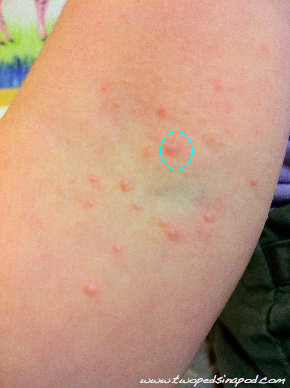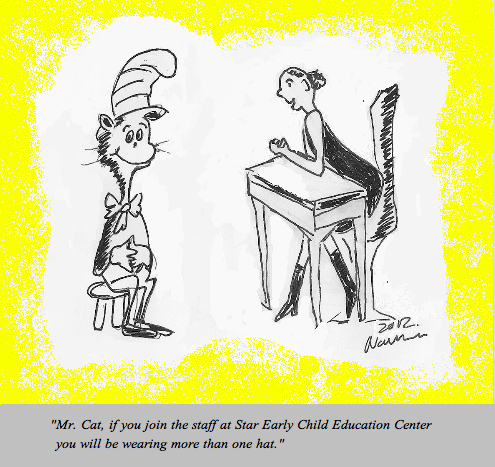From KFIT video star Dr. Pat: Tips to get kids to eat their fruits and vegetables
It’s a heat wave and in extreme temperatures, kids, like adults, find it tough to go outside for physical activity. We find it perfect timing for the release of Dr. Pat Cantrell’s new kid fitness video (demo below). The video, made in conjunction with kids fitness expert Anna Renderer, gives follow-along exercises along with health advice tailored to kids. We asked Dr. Pat to expand on one piece of advice she gives in the video: eat five servings of fruits and vegetables a day. For many parents, even one serving can be tough to get into a child. Many a parent has asked himself, “Does one bite of zucchini spit back onto the table count as a serving?” If this is you, then you’ll appreciate Dr. Pat Cantrell’s guest blog post.
– Dr. Lai and Dr. Kardos
Not eating enough fruits and vegetables is one of the biggest concerns that parents have regarding their children’s diet. The US department of agriculture recommends that children get at least five servings of fruits and/or vegetables in their diet every day. But most kids aren’t getting that amount. Below are 5 tips that can help children get their 5 a day.
- Cut it! Kids love when food is cut into pieces that they can pick up. An apple or orange might sit on the counter in the fruit bowl. But, cut it up and all of a sudden it is much more appealing. Even the fast food restaurants have figured this out and instead of just handing a child an apple or orange with their kid’s meal, they get apple or mandarin slices.
- Dip it! Some vegetables can be bitter to a child’s immature taste buds. Offering a yogurt or ranch dip can add the flavor they like and helps mellow out the taste of the vegetable.
- Hide it! What they don’t know won’t hurt them! By disguising fruits and vegetables, kids will get the nutrients they need. Plus, without knowing it, kids will learn to develop the taste for the vegetables or fruits and their taste buds will be more accepting of the fruit or vegetable in the future. Smoothies are a perfect way to blend in a few servings of fruits and/or vegetables. You can also puree vegetables like carrots or spinach and add that to a pasta sauce! For more ideas, check out Jessica Seinfeld’s cookbook “Deceptively Delicious”.
- Grow it! Gardens are a great way to get kids to eat more fruits and veggies! I took my sons (7 and 9) to their grandmother’s house and they ate just-picked sugar snap peas. I was shocked! First of all, they tried it without whining and second, they liked it and asked for more! Since the fruits and vegetables can be picked when they are ripe, they often taste better than the store bought version. Kids love to see the food grow and helping them be a part of the process encourages healthy eating.
- Make it fun! Put cream cheese on celery and add raisins on top and you have Ants on a Log. Use cookie cutters to cut watermelon or cucumbers into fun shapes. The more appealing it looks, the more kids want to try it. For some fun ideas, check out http://familyfun.go.com/recipes/cooking-with-kids/.
Be creative and persistent and try to offer at least one or two servings of fruits and/or vegetables at each meal.
Pat Cantrell, MD, FAAP
Dr. Pat Cantrell, mother of two young boys (who can be picky eaters at times!), is a board certified pediatrician who has been practicing pediatrics at Southern California Permanente Medical Group for over 14 years. She has a special interest in pediatric obesity and is the President of KFIT Health, LLC (www.kidfitnessandhealth.com) which creates fitness and nutrition DVDs and products for children. A board member of the San Diego Childhood Obesity Initiative, Dr. Cantrell is also the Pediatric Obesity Champion for her medical group. Additionally she serves as Secretary of the San Diego Chapter of the American Academy of Pediatrics.
©2012 Two Peds in a Pod®
 Two Peds in a Pod® turns
Two Peds in a Pod® turns 



 Yow!
Yow! Guest blogger pediatrician Heidi Román returns to us today to give practical advice on how to decrease potential toxins in your child’s environment.
Guest blogger pediatrician Heidi Román returns to us today to give practical advice on how to decrease potential toxins in your child’s environment.
 My youngest child clambered off the bus Friday afternoon with a fixed grin across his face.
My youngest child clambered off the bus Friday afternoon with a fixed grin across his face.